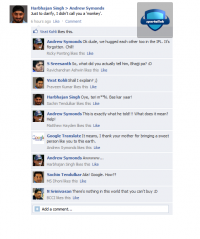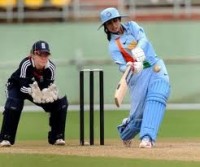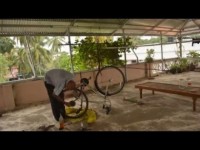Warriors on home soil, cowards otherwise?

There has always been a great furor around the “Home Soil Advantage” in cricket, especially Test Cricket. Any team, no matter how good, is more often than not known to falter on “away” matches. The confidence is always a notch lower when the team is touring as compared to a home series.
Home Soil Advantage is nothing but a psychological and physical comfort born out of “always having been there” and an additional plus of knowing the soil, surroundings and spectators, in the context of the game. The cricketers who virtually are brought up on their country pitches become accustomed to the home environment and tend to hone their game skills accordingly. For instance, the cricketers hailing from the subcontinent tend to develop a more conventional style of game. Due to slow turning wickets, bulk of the bowling talent is channeled into spin bowling or medium pace. Abundance of batsmen-friendly tracks encourages young cricketers into developing batting techniques over bowling. On the other hand, green top wickets and cold weather conditions in Australia and England respectively, encourage fast-paced bowling with emphasis laid on swinging the deliveries. Bouncy wickets tend to train the batsmen of these countries to handle short balls whereas lack of turning wickets prevent them from developing skills to counter spin. The technique and temperament of batsmen is largely hatched and nurtured on the home conditions and adapting to starkly different conditions away from home makes them vulnerable. The few who can balance it out well go down in history as the Tendulkars, Dravids, Laras and Pontings.
The climate also plays a major role in shaping the ability and quality of a cricketer. A player accustomed to playing in cold environments finds it very difficult to adjust to the hot conditions of the country which his team is touring. Inability to withstand the weather tends to affect his performance in the game too.
Also, playing on home wickets gives the players a lot more morale boosting by the way of spectators as howsoever fair the crowd may be, a home team player’s achievement is always cheered louder and failure taken with a pinch of salt. The same factors prove to be a source of apprehension for the visiting team, further hampering their morale and performance.
Hence, the soil (pitch), surroundings (climate), and spectators (home crowd) make a complete package for home advantage, often unfair but unavoidable nevertheless.












0 Comments/Replies